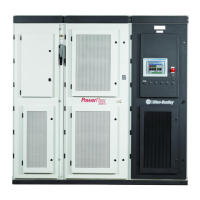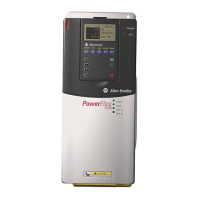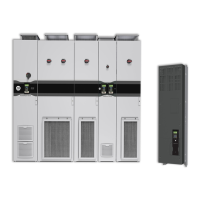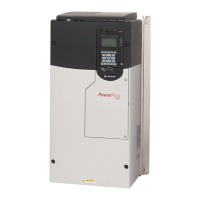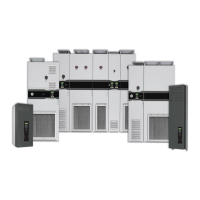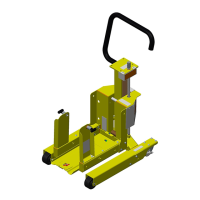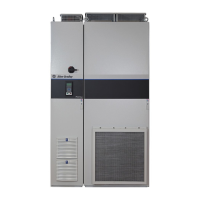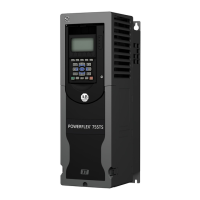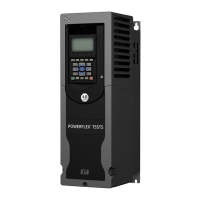Rockwell Automation Publication 7000-UM202H-EN-P - November 2023 199
Appendix D Insulation Resistance Test
Voltage Sensing Boards
The connections between the low voltage control and the power circuit are
made through ribbon cable connectors. The cables are plugged into connectors
on the voltage sensing board marked “J1”, “J2”, and “J3”, and terminate on the
signal conditioning boards. Every ribbon cable connection made on the VSBs
should be marked for identification from the factory.
Confirm the marking matches the connections, and disconnect the ribbon
cables and move them clear of the VSB. If you do not remove these ribbon
cables from the VSB, then high potential applies directly to the low voltage
control through the ACBs, causing immediate damage to those boards.
Potential Transformer Fuses
An insulation resistance test may exceed the rating of potential transformer
fusing. Removing the primary fuses from all potential and control power
transformers in the system will not only protect them from damage but
removes a path from the power circuit back to the drive control.
Transient Suppression Network
A path to ground exists through the TSN network as the network has a ground
connection to dissipate high energy surges in normal operation. If this ground
connection is not isolated, the insulation resistance test will indicate a high
leakage current reading through this path, falsely indicating a problem in the
drive. To isolate this ground path, all fuses on the TSN must be removed before
proceeding with the test.
4. Test the drive.
All three phases on the line and machine sides of the drive connect through the
DC Link and snubber network. Therefore a test from any one of the input or
output terminals to ground will provide all the sufficient testing required for
the drive.
a. Connect the insulation resistance tester to the drive, following the
specific instructions for that model.
b. If the test has a lower voltage setting (normally 500V or 1000V), apply
that voltage for 5 seconds as a precursor for the higher voltage rating.
This may limit the damage if you forgot to remove any grounds. If the
reading is very high, apply 5kV from any drive input or output terminal
to ground.
c. Perform an insulation resistance test at 5 kV for 1 minute and record
the result.
The test should produce a reading greater than the minimum values
listed below. If the test results produced a value lower than these
IMPORTANT The VSB ribbon cable insulation is not rated for the potential applied
during an insulation resistance test. You must disconnect the ribbon
cables at the VSB rather than the ACB to avoid exposing the ribbon
cables to high potential.
IMPORTANT Verify the drive and any connected equipment is clear of
personnel and tools prior to commencing the insulation
resistance test. Barricade off any open or exposed conductors.
Conduct a walk-around inspection before commencing the test
ATTENTION: Discharge the insulation resistance tester prior to
disconnecting it from the equipment.
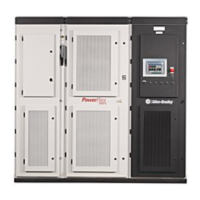
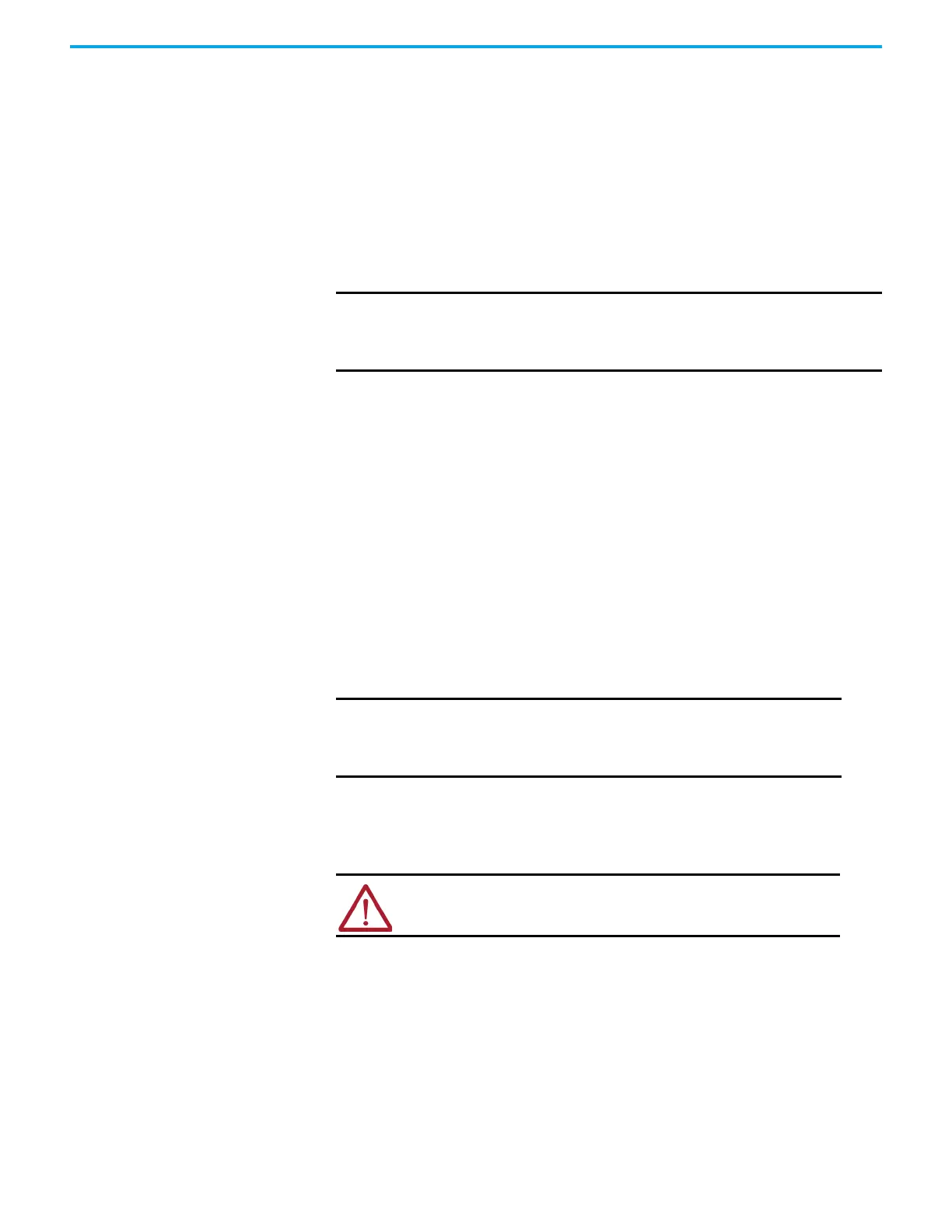